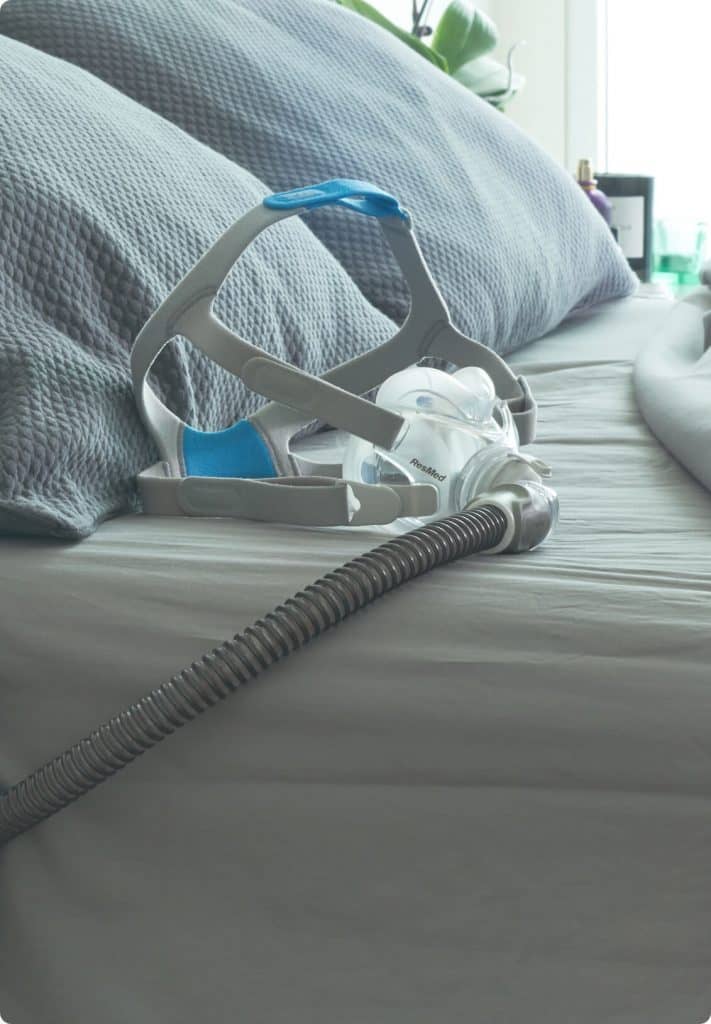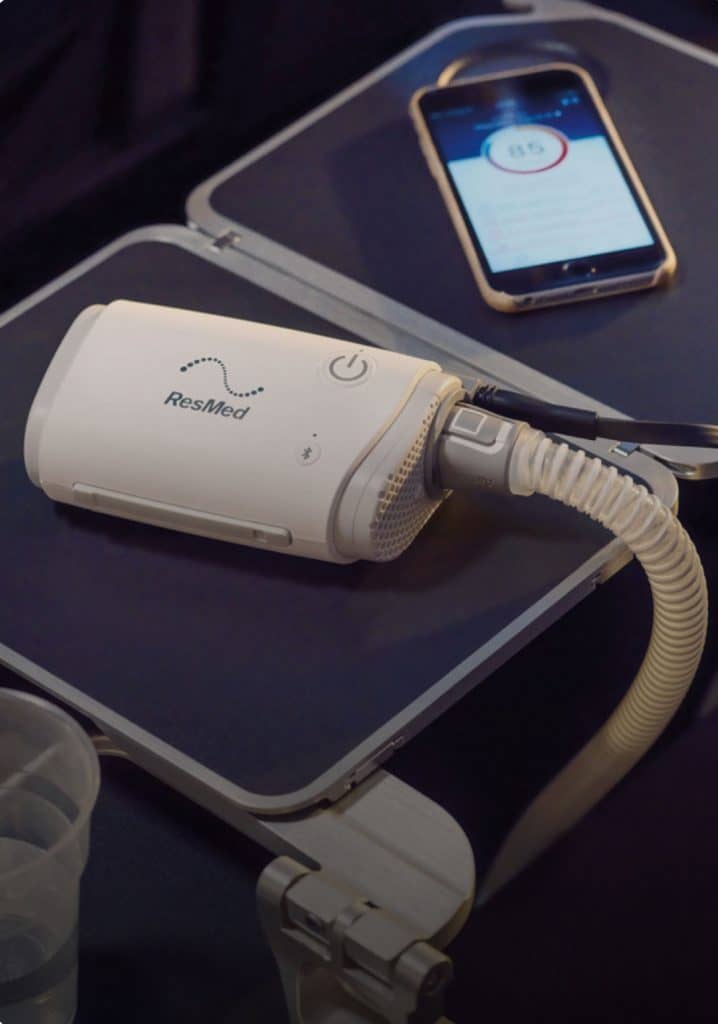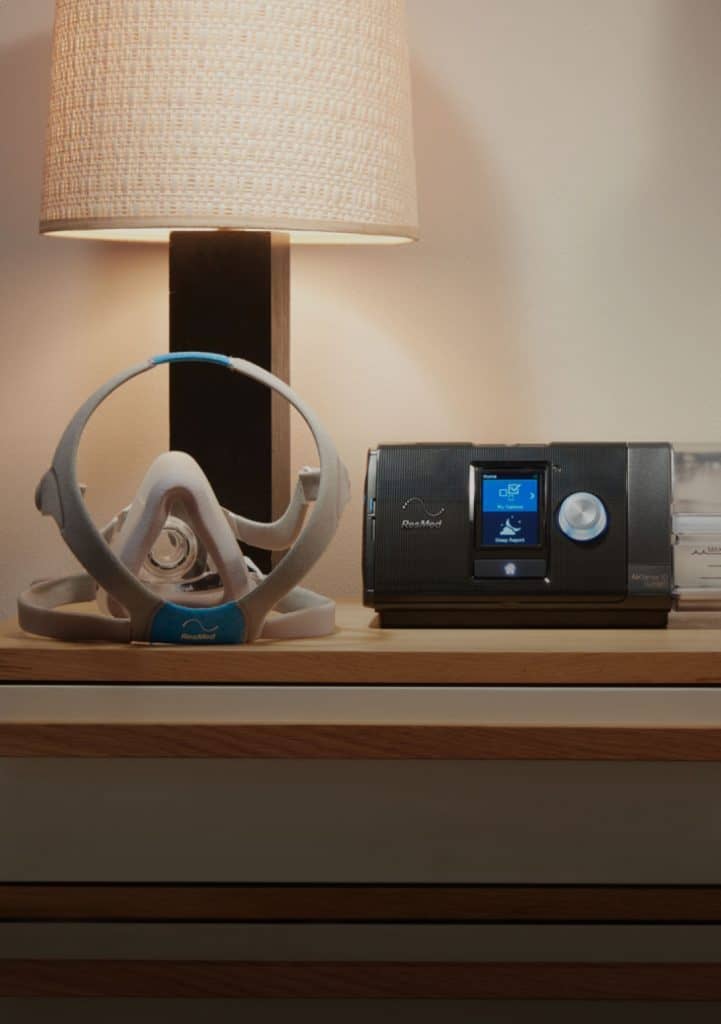Sleep apnea impacts more than 936 million people worldwide. 1 Source: Benjafield AV et al, “Estimation of the global prevalence and burden of obstructive sleep apnoea: A literature-based analysis”. Vol 7:8; 687-98. Lancet Respir Med 2019. Statistic based on US findings for adults aged 30-69.
Sleep apnea is a disorder in which the muscles in the throat relax to the point of collapse, restricting airflow. This causes breathing to become shallow and even stop for seconds or minutes at a time, depriving the body and brain of oxygen. The lack of deep sleep can cause significant fatigue and elevate the risk for serious health problems. Most people with sleep apnea are unaware they have it.
Find out in less than 3 minutes with ResMed’s free sleep assessment.
Find out what causes snoring and learn how it can be related to sleep apnea.
Take a quick online assessment to find out if you’re at risk for sleep apnea.
Know what to expect: from testing and diagnosis, to equipment and therapy.
Check out our wide range of mask options and find out which might be best for you.
Find out what causes snoring and learn how it can be related to sleep apnea.
Take a quick online assessment to find out if you’re at risk for sleep apnea.
Know what to expect: from testing and diagnosis, to equipment and therapy.
Check out our wide range of mask options and find out which might be best for you.



Wake up to results. Your myAir score makes tracking your progress simple.
Get more details. The app tracks four key therapy metrics so you stay informed.
Increase your comfort. With myAir, you’ll learn how to improve therapy for better sleep.
Source: Benjafield AV et al, “Estimation of the global prevalence and burden of obstructive sleep apnoea: A literature-based analysis”. Vol 7:8; 687-98. Lancet Respir Med 2019. Statistic based on US findings for adults aged 30-69.
Source: Benjafield AV et al, “Estimation of the global prevalence and burden of obstructive sleep apnoea: A literature-based analysis”. Vol 7:8; 687-98. Lancet Respir Med 2019. Statistic based on US findings for adults aged 30-69.